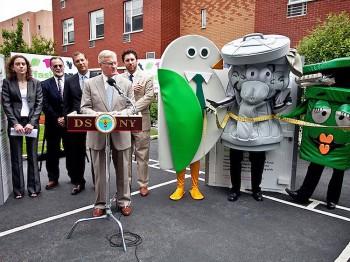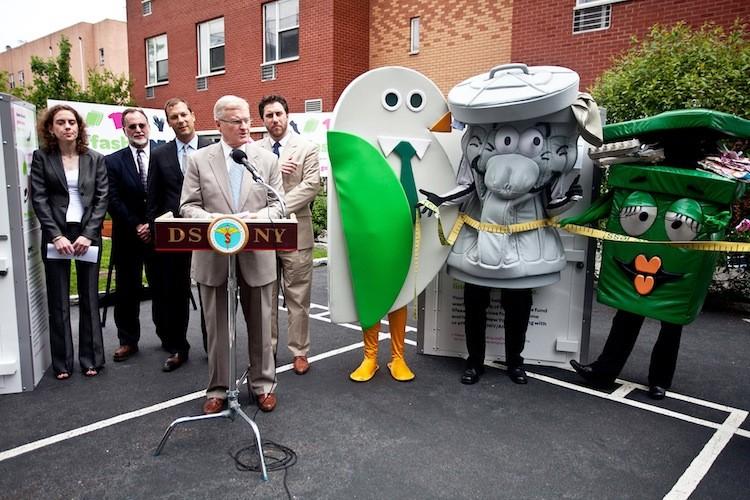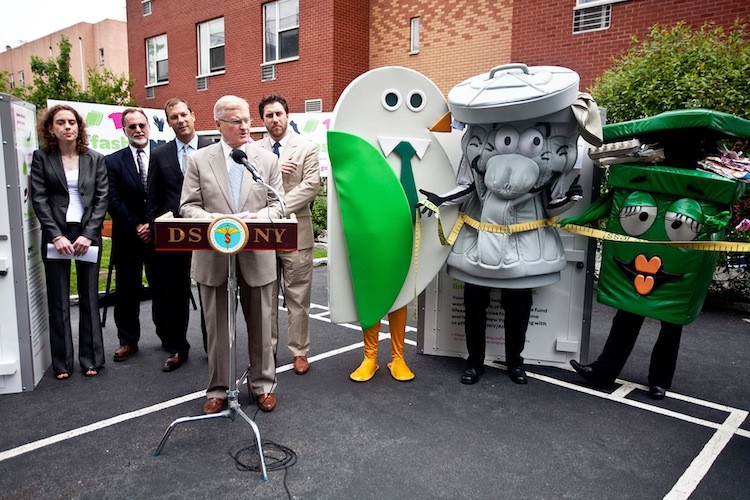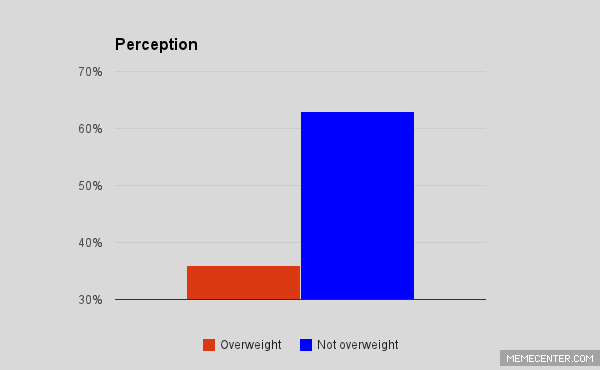NEW YORK—In an effort to help the needy and reduce waste, the Department of Sanitation is teaming up with a nonprofit to collect and distribute used clothing, announced Sanitation Commissioner John Doherty on Tuesday.
The new program, called Refashion NYC, is operated in partnership with Housing Works, a nonprofit working to support homeless people and people living with HIV/AIDS. Housing Works operates housing projects and thrift stores in the city, as well as a used-book store and coffee shop in Soho.
“The Partnership with Housing Works is unique because it provides participating apartment buildings with convenient donation services at no cost to the building or taxpayer. It is a great program for helping New York City in recycling and be more efficient in the way we operate,” said Commissioner Doherty.
At the beginning stage of the program, 12 collection bins will be placed in apartment buildings in Brooklyn. The collected used items will be sorted out by Housing Works and sold at its thrift shops. Revenues will then be reinvested in the project, which is meant to be self-sustaining. Donated items that are in poor condition and not suitable for resale at thrift stores will be sold to the rag industry.
In addition to providing low-income families with clothing, the program will also help alleviate the volume of waste created in the city. New Yorkers produce about 12,000 tons of domestic waste per day. That garbage is then loaded on freight trains and sent to landfills in other states, as far away as South Carolina and Ohio. Clothing and textiles comprise about 5–7 percent of that volume, or approximately 200,000 tons per year. Through this project, old textiles and clothing will not be sent to landfills, but rather reused or recycled.
The Department of Sanitation hopes to place 50 collection bins in every borough within a year and then increase the program according to demand.
“In the update for PlaNYC, we set the goal of diverting 75 percent of our solid waste from landfills,” explained Adam Freed, deputy director for the mayor’s office for Long Term Planning and Sustainability. “The most efficient way and most cost effective way is not to create waste in the first place,” he added.
“A lot of people throw out clothing,” Robert lange, director of Waste Prevention, Reuse and Recycling for the Department of Sanitation told The Epoch Times. “It is a matter of convenience. People don’t find it convenient enough to find their local thrift store, so we are trying to make it as convenient as possible for people to get rid of their old clothing.
The new program, called Refashion NYC, is operated in partnership with Housing Works, a nonprofit working to support homeless people and people living with HIV/AIDS. Housing Works operates housing projects and thrift stores in the city, as well as a used-book store and coffee shop in Soho.
“The Partnership with Housing Works is unique because it provides participating apartment buildings with convenient donation services at no cost to the building or taxpayer. It is a great program for helping New York City in recycling and be more efficient in the way we operate,” said Commissioner Doherty.
At the beginning stage of the program, 12 collection bins will be placed in apartment buildings in Brooklyn. The collected used items will be sorted out by Housing Works and sold at its thrift shops. Revenues will then be reinvested in the project, which is meant to be self-sustaining. Donated items that are in poor condition and not suitable for resale at thrift stores will be sold to the rag industry.
In addition to providing low-income families with clothing, the program will also help alleviate the volume of waste created in the city. New Yorkers produce about 12,000 tons of domestic waste per day. That garbage is then loaded on freight trains and sent to landfills in other states, as far away as South Carolina and Ohio. Clothing and textiles comprise about 5–7 percent of that volume, or approximately 200,000 tons per year. Through this project, old textiles and clothing will not be sent to landfills, but rather reused or recycled.
The Department of Sanitation hopes to place 50 collection bins in every borough within a year and then increase the program according to demand.
“In the update for PlaNYC, we set the goal of diverting 75 percent of our solid waste from landfills,” explained Adam Freed, deputy director for the mayor’s office for Long Term Planning and Sustainability. “The most efficient way and most cost effective way is not to create waste in the first place,” he added.
“A lot of people throw out clothing,” Robert lange, director of Waste Prevention, Reuse and Recycling for the Department of Sanitation told The Epoch Times. “It is a matter of convenience. People don’t find it convenient enough to find their local thrift store, so we are trying to make it as convenient as possible for people to get rid of their old clothing.







Friends Read Free